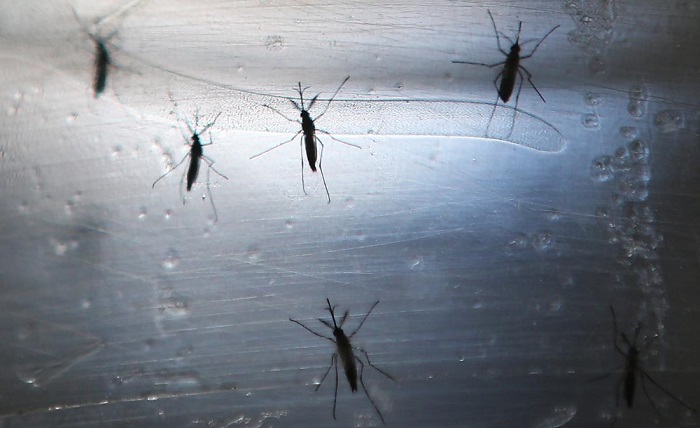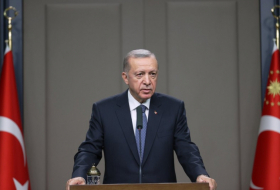And the beekeepers? They’re not happy. Some of them lost a significant chunk of their livelihoods, and have set up a Change.org petition to stop further mosquito spraying in the county. But pesticides—including Naled, the main component of Trumpet—are a big part of the fairly limited arsenal against Zika. As the number of Zika cases has ramped up in the past few months, hard-hit areas like Miami-Dade county have been spraying several times a week on the CDC’s recommendation. So simply halting the spraying might not be the best idea.
First, the cons. There are a few reasons (other than massacred bees) that spraying might not be the best eradication method. The main carrier of Zika, the mosquito called Aedes aegypti, likes to spend time indoors, under beds, and in closets. From 300 feet in the air, the pesticide can’t always waft its way inside to do its job, says Chris Lesser, the assistant director of Florida’s Manatee County mosquito control group. His team has spent the past six years studying the best ways to kill off Aedes aegypti. While they can kill off more than 90 percent of the mosquitoes outside, the pesticide simply doesn’t drift into houses or even open-air structures like barns.
But Aedes aegypti spends a lot of time outside, too, Lesser says. And aerial spraying is still one of the quickest ways to kill whole outdoor droves of mosquitoes. “When disease transmission is going on, you need to kill adult mosquitoes and kill them now—and aerial spray is the best way to do it efficiently,” says Joe Conlon, an entomologist at the American Mosquito Control Association. When it comes to mosquito-borne disease outbreaks, blanketing an area with bug-killer is an important weapon.
It’s easier than killing larvae on the ground, a laborious process that involves going out and finding standing water to administer larvicide. And Naled selectively kills older mosquitoes (because they’re the ones flying around), which also happen to be the ones more likely to carry Zika. Better spraying tech has made the pesticide droplets small and light enough that they can reach mosquitoes even if they’re resting under a car or some shrubs or the eaves of a house. And those teeny droplets don’t affect humans—the amount of pesticide floating around is what you’d get if you dispersed a shot glass’s worth over an area the size of a football field.
So a light misting of pesticide is a quick-and-dirty way to kill mosquitoes fast. But scientists still think the technique can be improved on—after all, the chemical’s been used for more than 50 years, and it’s sort of a blanket solution. “Organophosphates like Naled aren’t as effective as we’d like them to be,” says Karl Malamud-Roam, a pesticide public health researcher at Rutgers. They don’t linger in the environment, so the mosquitoes can bounce back, and the insects could develop a resistance to the chemical. And, as all those dead bees in South Carolina highlight, the pesticides can kill other bugs if it’s not properly applied. So researchers are looking for better options.
That’s why Malamud-Roam is excited about all of the new mosquito-busting technologies coming down the pipeline, developed in what he calls a “golden age” of R&D on mosquito control. Experimental things, like releasing sterile male mosquitoes, or setting up lethal traps baited with mosquito-attracting chemicals, or putting gut toxins in sugary mosquito treats (mosquitoes need carbs too!). The more tools health organizations have on hand, the more ways they can get at those elusive disease bugs, and the quicker they can stop an outbreak in its tracks.
In the meantime, mosquito control centers will tackle the insects with an arsenal of imperfect methods: killing larvae, dumping out standing water in backyards, and getting people to use bug spray, wear long-sleeved shirts, and mosquito-proof their own homes. Because when Zika starts getting transmitted locally, Lesser says, “aerial adulticide and larvicide is really the only thing you’ve got.”
More about:
















































